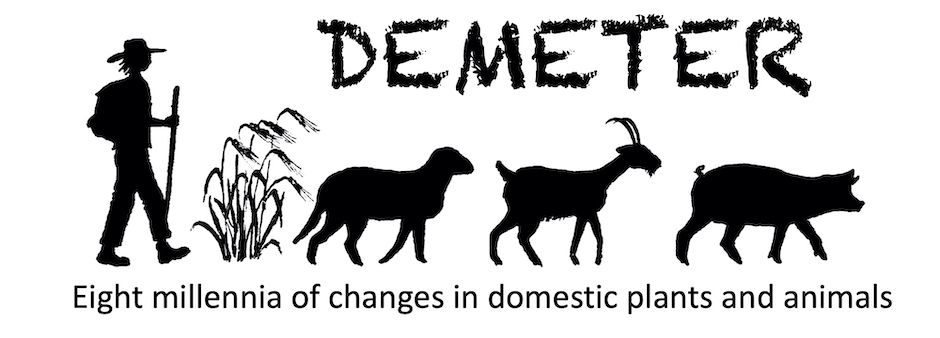People involved in the Demeter project work from France, Spain and Switzerland and have complementary skills including archaeozoology, archaeobotany, evolutionary biology, morphometric, climat modeling, GIS, and much more…find out below.
The DEMETER project is managed by the CNRS (Centre National de la Recherche Scientifique) and hosted by the University of Montpellier. The project is based at the Institut for Evolutionary Sciences-Montpellier (ISEM).

Allowen Evin is a bioarchaeologist working for the CNRS at the Institut des Sciences de l’Evolution-Montpellier (ISEM), France. Her work is at the crossroads between evolutionary biology and archaeology. She is particularly interested in the evolution of the relationship between human societies and domestic plants and animals. She apprehends the impact of humans on domestic species with the help of fine morphometric tools (geometric morphometrics) that allow the analysis of large number of archaeological remains (teeth, bones, seeds).
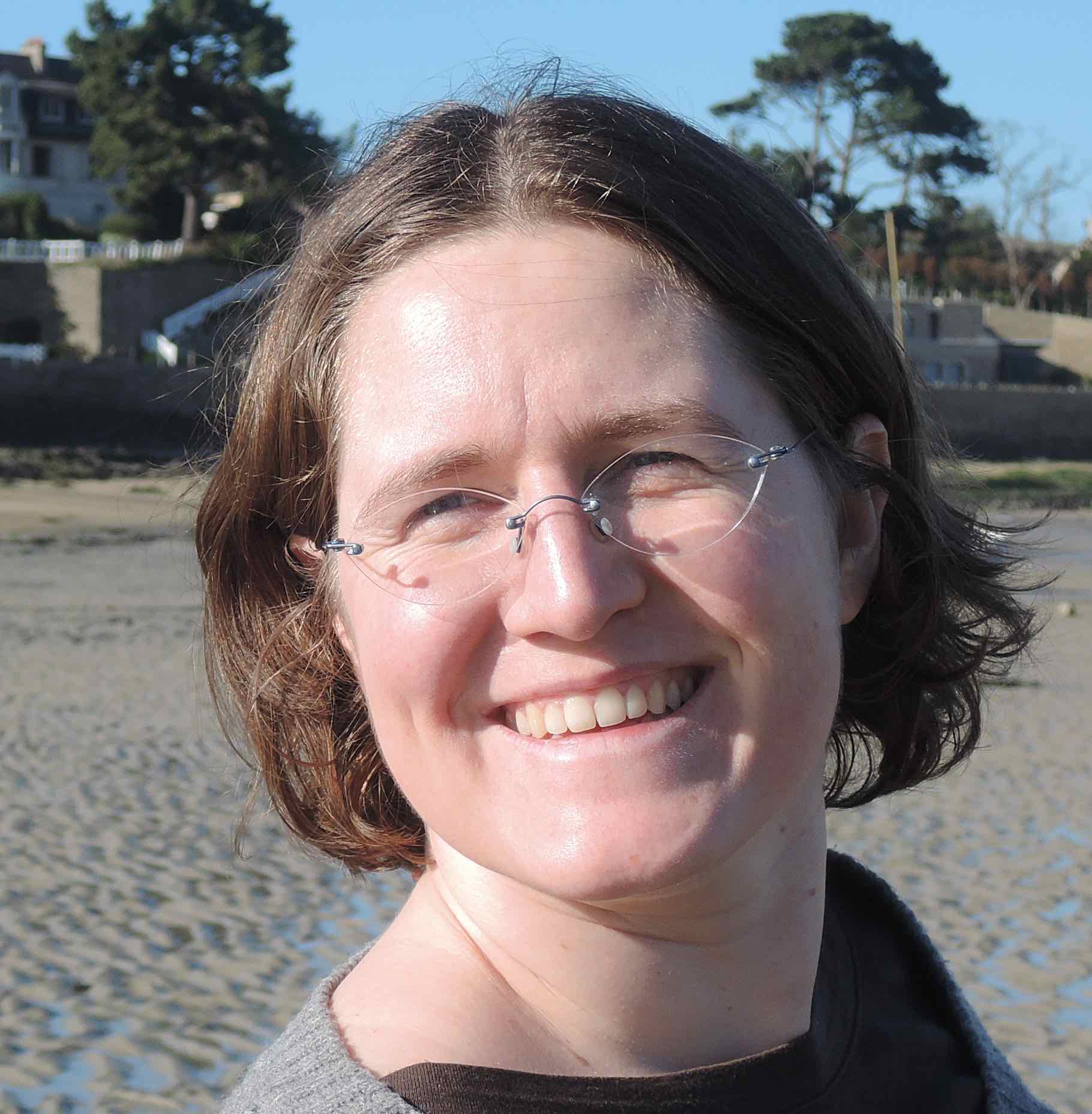
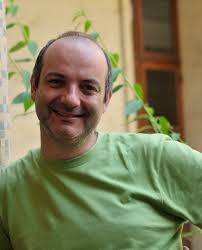
Laurent Bouby is an archaeobotanist working for the CNRS at ISEM. He is the PI of the Viniculture project.
Jerome Ros is an archaeobotanist working for the CNRS at the Institut des Sciences de l’Evolution-Montpellier (ISEM), France. His research – Agriculture and land-uses in western Mediterranean (France, Spain, Morocco) from the Antiquity to the Middle Ages (2nd c. BC – 16th c. AD) – aims to document the evolution and dynamics of Mediterranean agriculture, in relation with social, economic and climatic changes during historic periods. His work is based on different archaeobotanical approaches: study of seed and charcoal remains, geometric morphometrics and quantitative ecoanatomy.
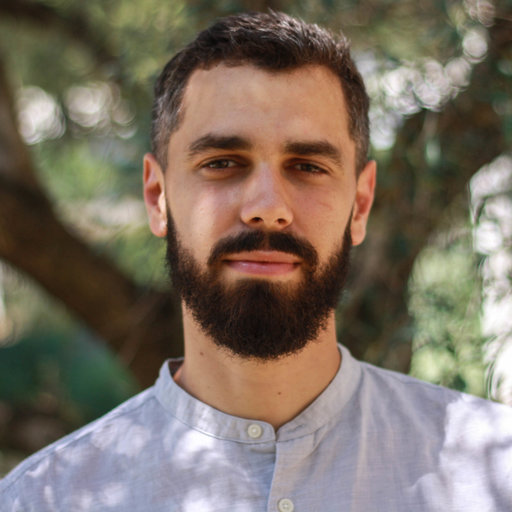

Sarah Ivorra research is based on morphometric analyses on plant material to understand the history of the domestication of cultivated plants.
Angèle Jeanty was a PhD student (2020-2023) working for the CNRS at the Institut des Sciences de l’Evolution-Montpellier (ISEM), France. Through an internship studying Eurasian dynamics of Vitis pollen during the last 12,000 years, she develops a deep interest in the evolution of agriculture in the Mediterranean basin during the Neolithic period. Her work is at the crossroads between biology, ecology and archaeology. She is now interested in the evolution of the interactions between human societies and domestic plants, mainly on Barley.


Marine Jeanjean was a PhD student (2020-2023) then a post-doc in the project (2023-2025). She is working on geometric morphometrics data of sheep, goat and pig. She is studying both modern and archaeological specimens.
Cyprien Mureau is an archaeozoologist. Cyprien was a Research Ingenior (2021-2022), and is now a Post-Doc (2022-2025) in the project. He is specialised on the history of the relationships between human societies and animals in occidental mediterranean Europe. He is especially interested in the dynamics of exploitation of wild and domestic animal ressources during Antiquity and the Middle Ages.
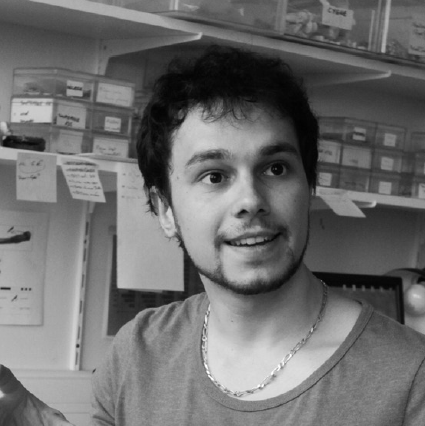

Célia Lecomte was a technicien in charge of taking picture of barley grains for geometric morphometrics, and help during data acquisition in archaeozoological collections.
Ademine Hemelsdaël is an ingenior in charge of the acquisition and analysis of morphometric data. She is generating 3D models using photogrammetry and micro CTscan data, and acquiring and analysing geometric morphometric data in 2D and 3D for different parts of the project. She is also in charge of working on carpological datasets.
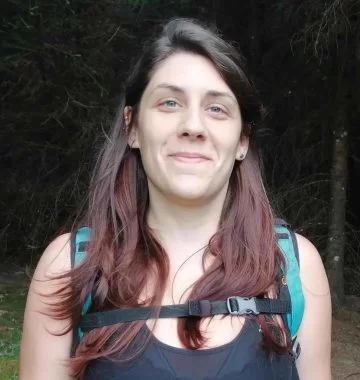
Jean-Frédéric Terral research activities mainly focus on palaeo(anthropo)ecology, archaeobiology, historical biogeography, evolution and history of emblematic species from climatic, ecological, cultural and economic points of view by the use of quantitative anatomical and morphometric approaches. Model organisms are Olea europaea (olive), Phoenix dactylifera (date palm) and Argania spinosa (Argan tree) and, to a lesser extent, Vitis vinifera (grapevine).
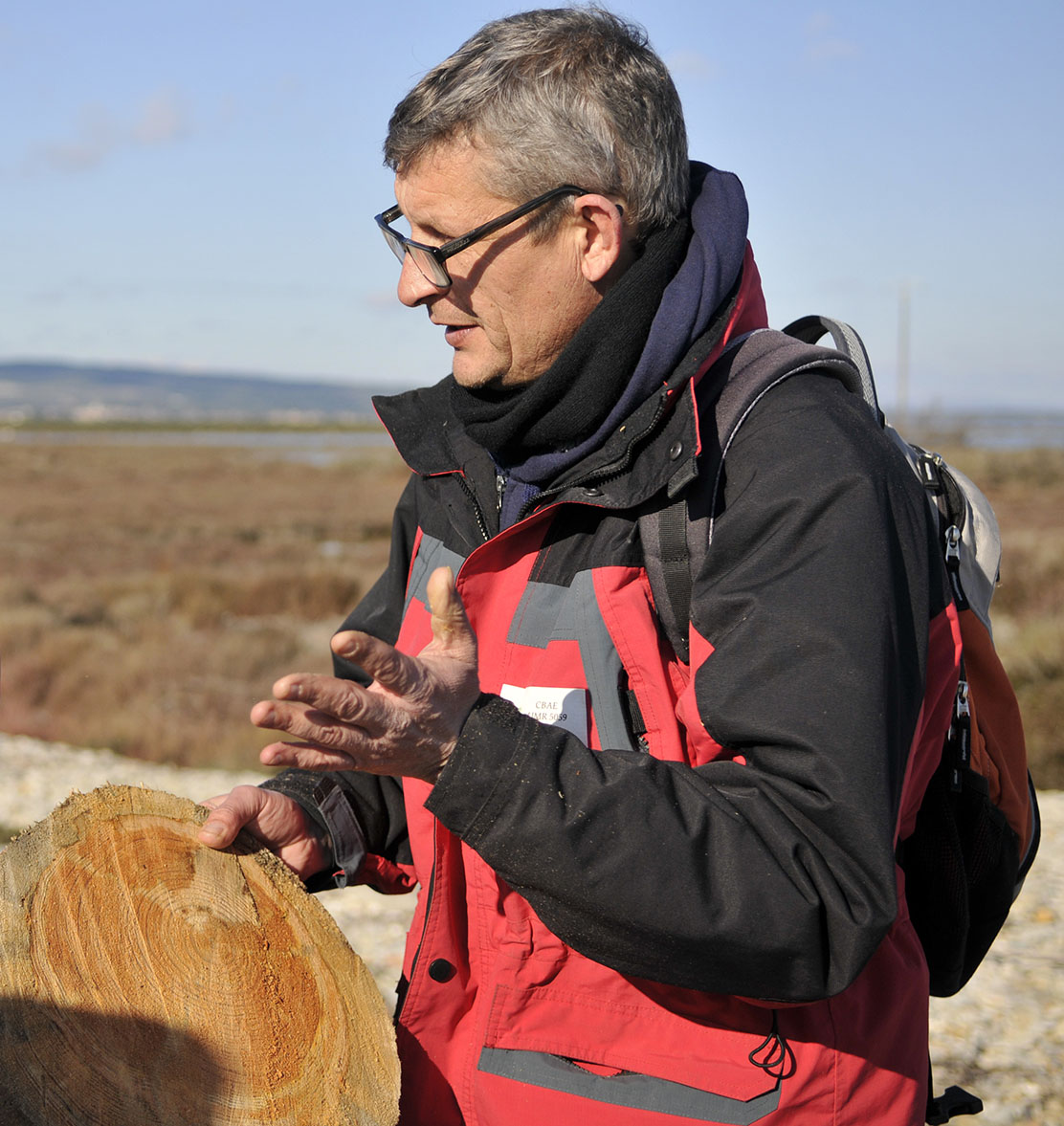
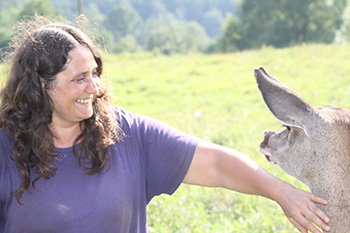
Maria Saña Segui
Silvia Valenzuela-Lamas is a zooarchaeologist specialised in Late Prehistory and Classical times. She combines ‘traditional’ zooarchaeology – the analysis of faunal remains from archaeological sites – with isotopic chemistry to determine animals’ geographical origin and mobility patterns. She holds an ERC-StG (ZoomWest) and is a permanent researcher at Consejo Superior de Investigaciones Científicas in Barcelona (IMF- CSIC).
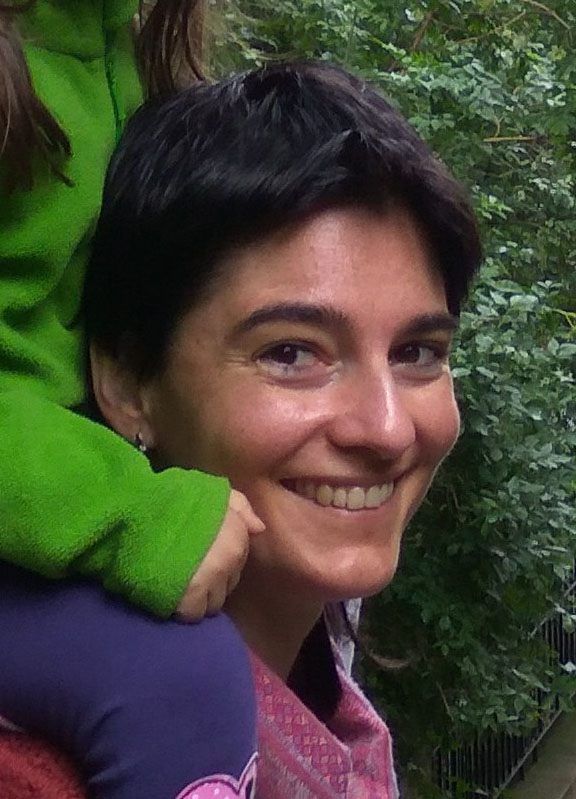
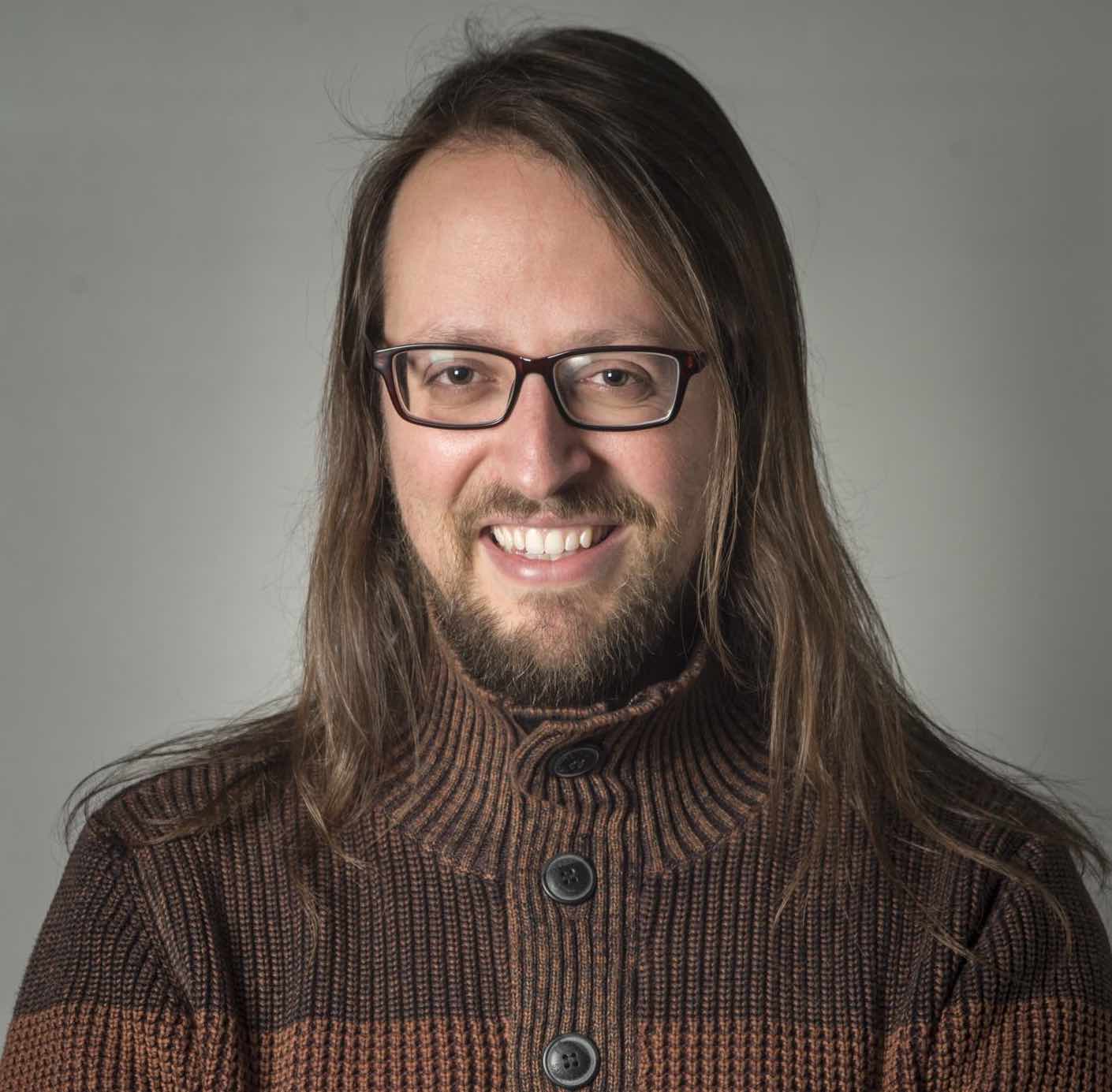
Ferran Antolin is an archaeobotanist working mainly on Neolithic sites from southern and central Europe. He is interested in agricultural practices and wild plant gathering in the past, particularly among early farming societies. He now holds an SNF Professorship with a project called AgriChange.
Laure Paradis is an GIS ingeneer working for the CNRS at the Institut des Sciences de l’Evolution-Montpellier (ISEM), France. Her work is based on différent spatial approaches of geographical and thematical data, with the help of analysis and formatting of many data types (databases, GPS, aerial photography, remote sensing, webmapping…).
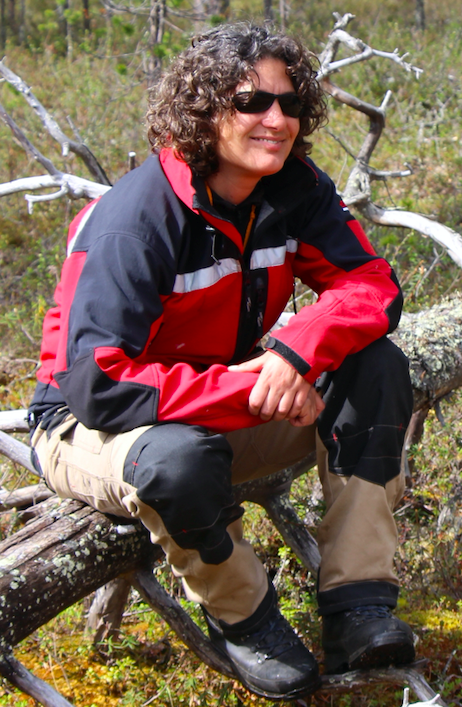
Lionel Gourichon
Vianney Forest
Isabel Figueiral
Isabelle Rodet-Belarbi
Odile Peyron
Julien Azuara
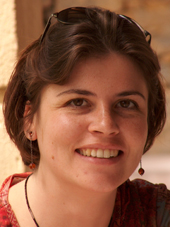
Emilie Blaise is an archaeozoolgist specialised in French Neolithic. She works at the lab « Archéologie des Sociétés Méditerranéennes » laboratory in Montpelllier.
Administrative support
Sébastien Picard
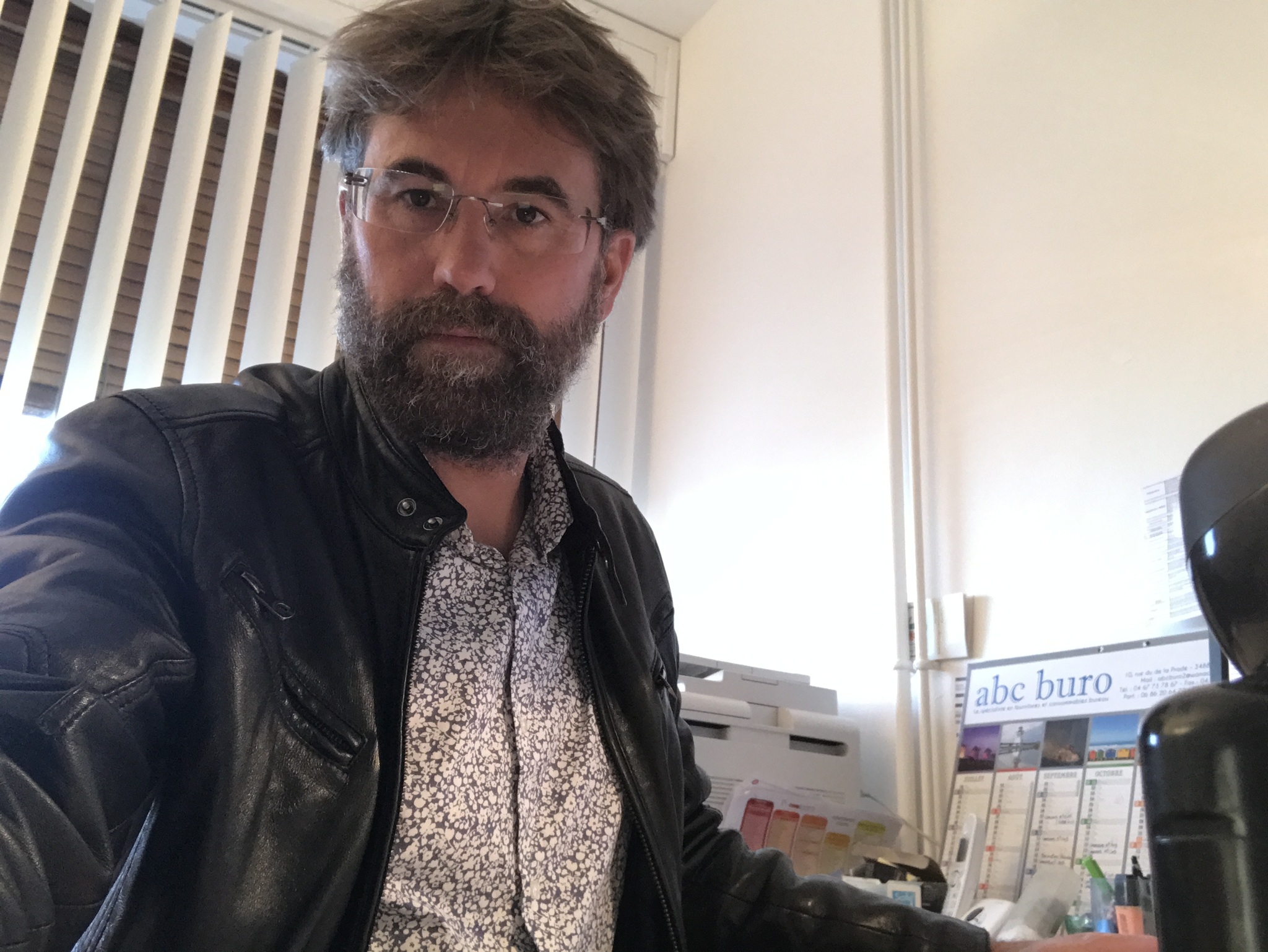
Marie Sanchez
